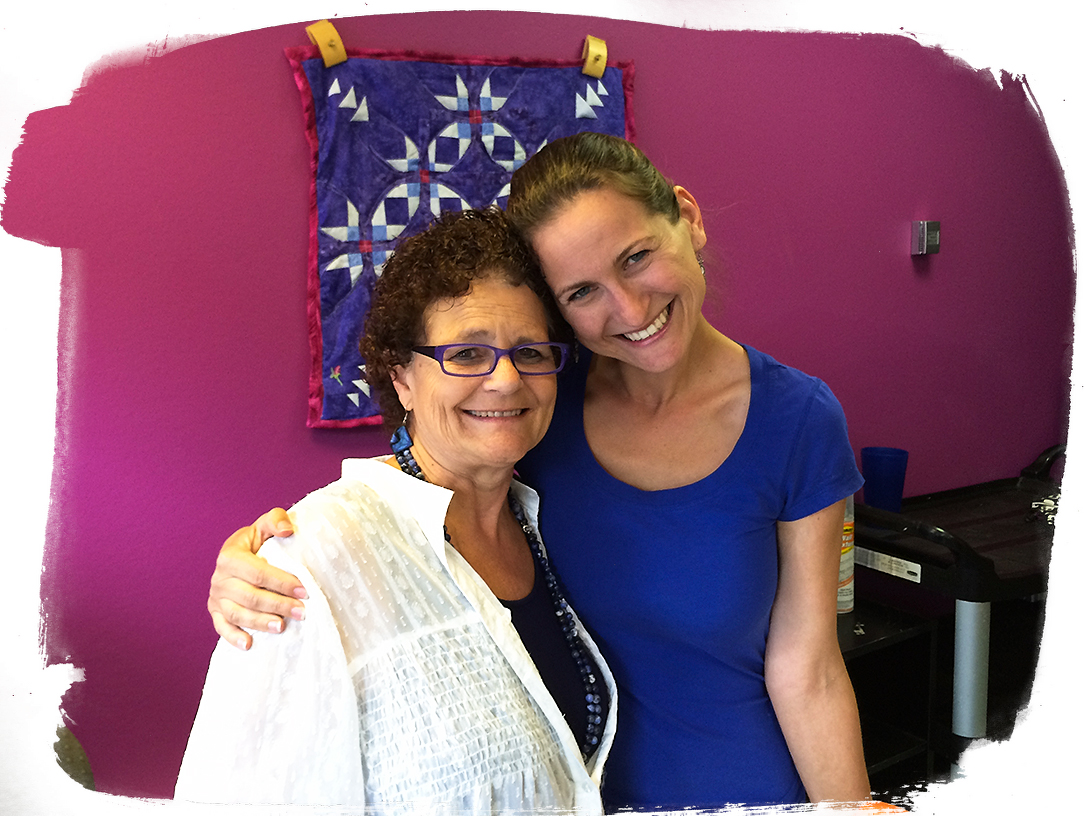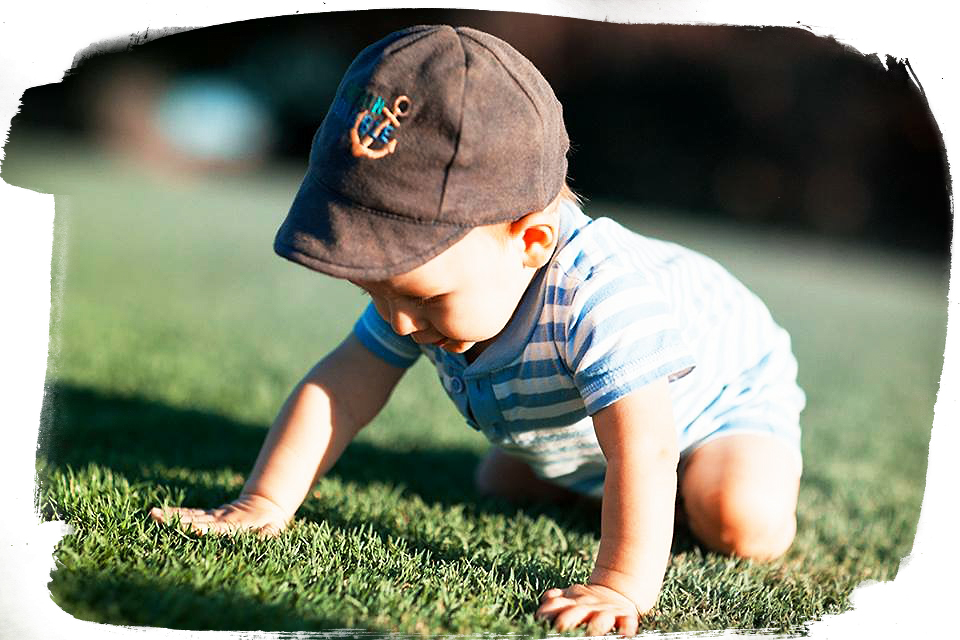The Developmental Benefits of Playgrounds – Part 1
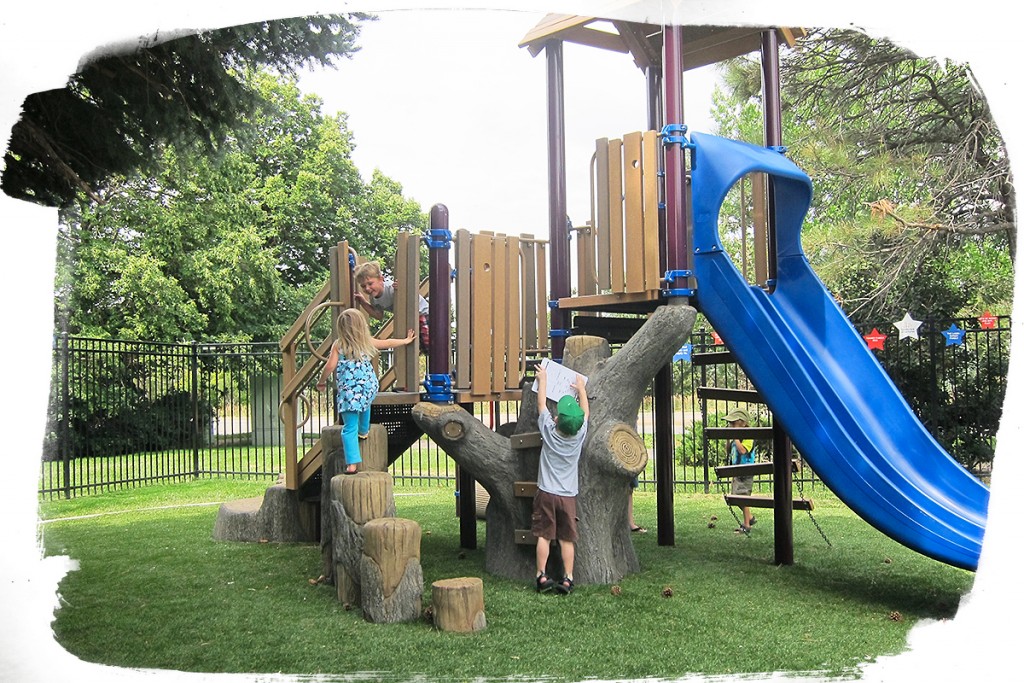
5 min read
by Urszula Semerda with Dr. Lucy Jane Miller
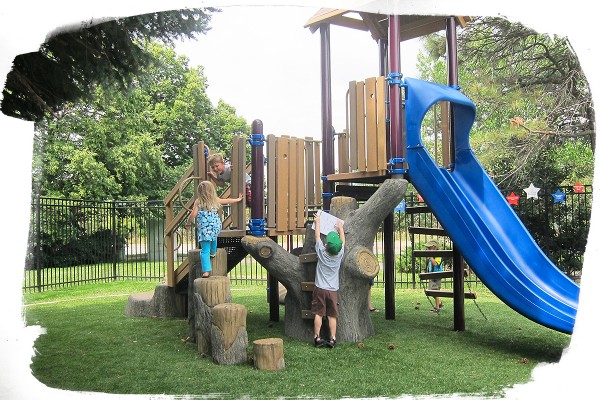
Playgrounds are fun, and they also provide many benefits. It doesn’t matter if you have a child with no challenges or one with a sensory processing disorder. Playground benefits will strengthen everyone’s skills.
As an Occupational Therapist I frequently use playgrounds as part of treatment. In this 3 part series I will share with you my playground adventures at the STAR Center’s Sensation Camp. I will also dive into discussing the many benefits your child can get from playing on playgrounds.
Playing on a playground can bring on many rewards related to self-regulation, social participation, increased self-confidence and self-esteem. From an occupational therapy perspective it doesn’t get better than that. As a parent you too can take advantage of the many benefits.
The number one objective on the playground is too HAVE FUN! While having fun children can also learn new skills, develop new friendships, and interact with their environment in a meaningful and purposeful way.
Self-Regulation
Self- regulation refers to the child being aware of their own sensory and emotional needs and controlling their body and mind. ‘By the time a typically developing child is 5 years old, they are frequently in charge of most of their own regulation; unless they are tired or hungry. When arousal is in a good place we call that a quiet, alert state or a calm, alert state. This is the state a child must be in to learn…’ Lucy Jane Miller, Sensational Kids.
Children with SPD (Sensory Processing Disorder) are frequently dysregulated and benefit from occupational therapy. Treatment focuses on helping them get into the ‘just right’ arousal state (quiet, alert state or a calm, alert state) and develop strategies that parents can use daily to create a sensory lifestyle.
Depending what particular difficulties a child might have there may be specific strategies that will benefit them. More details about these individual strategies will be discussed in my upcoming posts. Alternatively, you can have a look at my Recommended Sensory Resources page for more details.
Besides the individual strategies, here are additional methods that can be used to assist with regulation.
A. Use of a theme
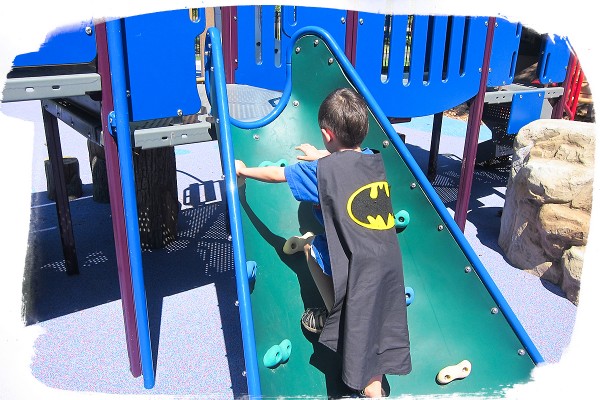
Using a theme assists regulation. Themes tend to increase attention and engagement to the activities. Using themes allows children to “enter” different worlds. One group may take children on a safari adventure, another may have them diving down into the ocean to explore the underwater worlds, or Presto! They can become superheroes or fairies. Whatever the theme, the excitement is reflected in the children’s eyes and their affect. Every day the children come to our sensational camp eager to find out what new world we are entering that day.
B. Use of an alertness chart
While using themes and strengthening children’s ability to self regulate an alertness chart can really increase success. The figure below is an example of one of the charts used in our summer camps at STAR Center.
Figure 1-A. Alertness Chart
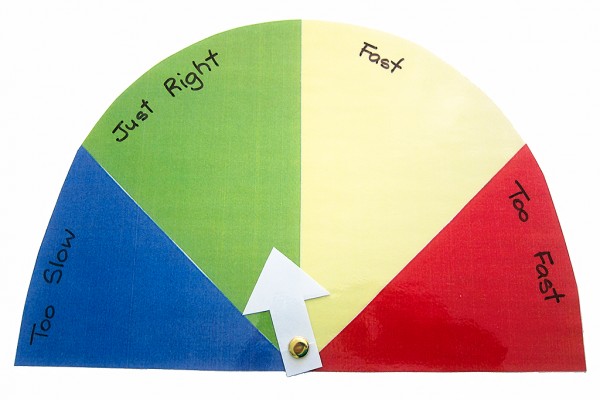
Group Scoop
During our “Group Scoop”, all the children would come together at the beginning of each day of our camp. They would review their own body speed using an alertness chart. Each person would devise their own strategies to keep their bodies regulated. Some kids were in the ‘just right’ zone and they could sit nicely and pay attention. Others were in the ‘too slow’ zone and needed an alerting activity to get going. Some children were in the ‘fast’ zone and their bodies just would not stop moving. They needed an organizing activity to bring their level of arousal down. Finally, on few occasions children could go into a ‘too fast’ zone as their bodies encountered sensations that send them over to the fight or flight.
One day, during our Group Scoop while most of the group was sitting comfortably on large beanbags discussing where their body was, Mikey’s body was in the ‘fast’ zone. His little legs just could not stop running around the room.
“Mikey” I said, “Where is your body right now?”
The group waited patiently for his response but his little legs kept on running and running. You could see that he had a hard time slowing down to come up with an answer.
All of the sudden Emma, another group participant jumped up and said “I know!…Mikey is fast”.
“That’s right” I said. “His body is ‘fast’ and he needs something to get him to the ‘just right’ zone.”
“I think lying under a heavy blanket will help.” Emma said feeling happy with her answer.
“Wow!” I thought. They are getting it!!!
I lifted up the blanket as Mikey ran towards me.
“Blanket…. Let’s lie under it”.
In a quick manner Mikey stopped and I placed the blanket on top of him. He wiggled and wiggled under the blanket but after few minutes his body started to calm down and he became ‘just right’.
From that day whenever Mikey came into our Group Scoop he would first find his heavy blanket. He would curl up underneath it and stay engaged and regulated while we spoke about our adventure for the day.
What an amazing result! Seeing how the campers became more self aware of their own and others’ arousal states but to also brainstorm and try out different strategies was incredible.
C. Emotional Regulation
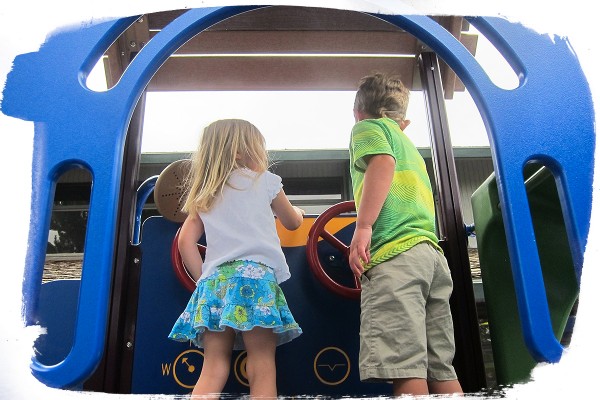
I find that challenging situations may occur more frequently on a playground as you find multiple children. This is perfect because it provides an opportunity to learn and implement alternative and appropriate strategies in real time, and with the support of a parent.
During our summer camps children had the opportunity to interact with many different pieces of equipment that brought out many unpredictable reactions. Adrian was a young boy who really enjoyed coming to the Sensational Camp at the STAR center. He enjoyed it so much he ended up coming to three different camps. His sensory profile included sensory over responsivity to many sensations and he frequently encountered challenging situations.
On the second day of our Animal Adventures camp all the children were getting ready to go onto our sensational playground to experience a safari adventure. Running towards the door Ben accidentally bumped Adrian. “Ouch!!!” I heard. As I turned around I saw Adrian biting Ben on his arm. “Oh No!” I thought.
When the boys were separated I took Adrian to the side. We knew that once Ben bumped into Adrian it triggered a fight or flight response and Adrian responded by biting Ben. This was a great opportunity to teach Adrian some very valuable skills. We sat away from all our friends and excitement onto the comfy beanbags.
“What happened?” I asked.
“He hurt me! He really hurt me!!” exclaimed Adrian.
“Is that why you bit him?”
“Yes!” Said Adrian loudly.
“How do you think that made him feel?” Adrian shrugged his shoulders.
“Do you think it hurt his hand?”…..
“Maybe” he said quietly.
“Hmmmmmm” I said, “I wonder if there is another way we could tell Ben that he hurt you without hurting him?”
After some pondering and receiving nice deep pressure through the beanbags Adrian looked at me and said: “Maybe I can tell him not to push me?”
I was so excited that he came up with this idea on his own. Now we all needed to help him implement his excellent plan.
Over the next few days Adrian had many opportunities to follow his plan. He wasn’t always successful but he certainly tried.
Then on the second last day of the first camp Adrian got bumped once again. His little face scrunched up in pain, his arms came close to his body. He turned over to his friend and said “You are too close… I need space”. His friend casually moved away while I was secretly jumping up and down in my head and screaming “Yey!!!!”
He did it and I could not have been prouder. As Adrian continued to participate in the other camps he became more independent in using his words versus hitting and biting.
There you have it! Some great strategies that can assist with regulation. To learn more read the Part 2 of Developmental Playground Benefits discussing self-esteem & confidence.
| Part 2 ❯ |

